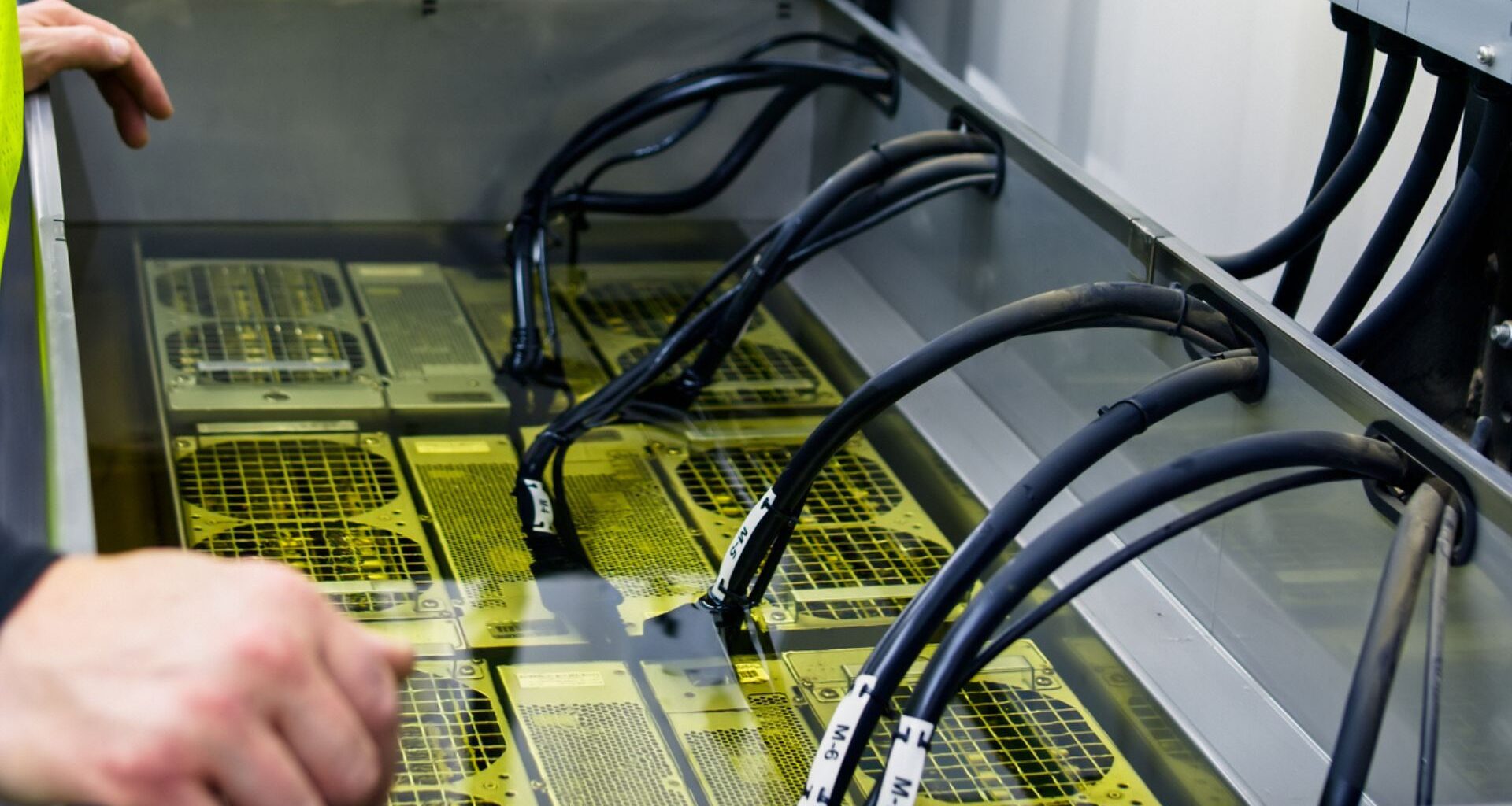A research team at Penn State has reported a significant violation of Kirchhoff’s law of thermal radiation, a principle that has been a foundation of thermal physics for 165 years.
Their findings describe the strongest recorded break from the law’s principle of reciprocity and set the stage for more efficient energy harvesting, heat transfer and infrared sensing.
Kirchhoff’s law, formulated in 1860, states that a material’s ability to absorb energy at a specific wavelength and angle is equal to its ability to emit it.
“Scientists have long observed that the capability for a material to absorb electromagnetic radiation — a wave of energy in the form of sunlight and X-rays, among others — at a given wavelength and angle must equal its capability to emit at the same wavelength and angle,” explained the researchers in a press release.
Achieving unprecedented non-reciprocity
The Penn State team’s work demonstrates a material that does not follow this rule.
The researchers measured a non-reciprocity contrast of 0.43, a value representing the difference between the material’s absorptivity and emissivity. In a reciprocal system, this value would be zero. The effect was also observed over a broad 10-micrometer wavelength band.
The result was achieved using an emitter made of a five-layer thin film. Each layer consists of a slightly different semiconductor material, and the total thickness of the structure is approximately two micrometers.
“Because of this material design, the infrared wavelength range where the thermal radiation has multiple resonance peaks, meaning the structure absorbs and emits thermal radiation over multiple wavelengths, so we expect to see the effect over a broad wavelength band,” remarked the researchers.
A key aspect of the material is that the thin film can be transferred to other substrates. Alireza Kalantari Dehaghi, a co-first author and doctoral student, noted that this allows it to be integrated with various devices to improve efficiency in energy conversion and heat transfer.
Enhancing energy harvesting efficiency
The potential applications of this technology include more efficient energy harvesting. As co-first author Zhenong Zhang explained, standard solar cells are required by Kirchhoff’s law to radiate some absorbed energy back to the sun.
“In the case of reciprocal solar cells for harvesting solar energy, for example, the solar cell needs to emit optical energy back to the sun as required by the Kirchhoff’s law. This part of the energy that goes back to the sun is wasted,” added Zhang.
“However, if we can have nonreciprocal emitters, we can send the emission toward a different direction. Then we could place another solar cell there to absorb this part of energy, increasing the overall power conversion efficiency.”
The measurements were conducted using a custom-built, angle-resolved magnetic thermal emission spectrophotometer. This instrument allowed the team to measure thermal emissions under a large magnetic field, which was necessary to produce the strong non-reciprocal effect in the material.
The research team intends to continue exploring non-reciprocal thermal radiation in other materials.
